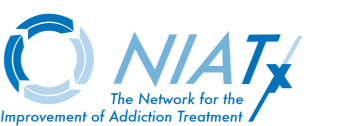 |
|
E-News Update
February 2006 |
|
|
In This Issue |
|
||||
|
|
NIATx Presentations |
|||||
| ||||||

As of July 2005, NIATx agencies that worked towards improving client transitions across levels of care have realized increased continuation between levels of care (e.g., residential to intensive outpatient), reduced timeliness (from discharge to first treatment at the next level). As a result, these agencies also experienced increased admissions to the next level of care and demonstrated beneficial impacts on the business case for process improvement .[READ MORE]
.
Many process improvement projects drag on for months with no clear direction or outcome, wasting organizational resources and damaging group morale. They fail not because of lack of innovation or managerial support, but because of poor execution . The world of sports can teach us a lot about how to translate ideas into action and how to get things done. [READ MORE]
